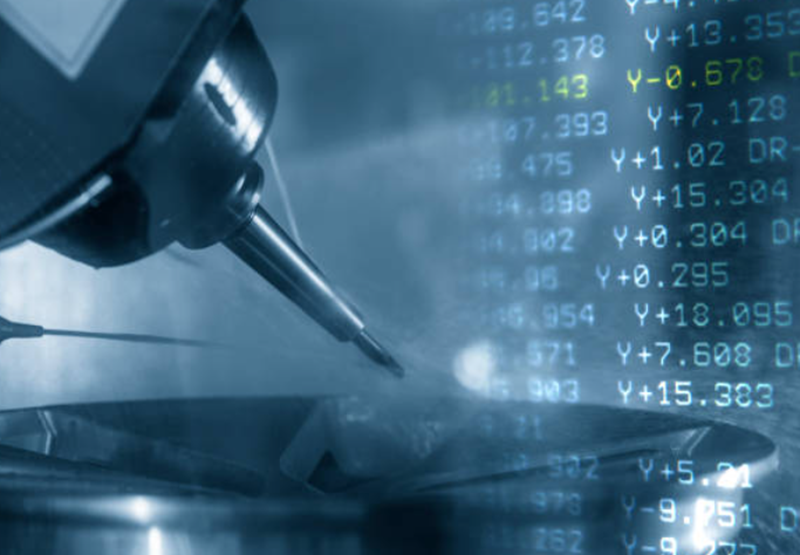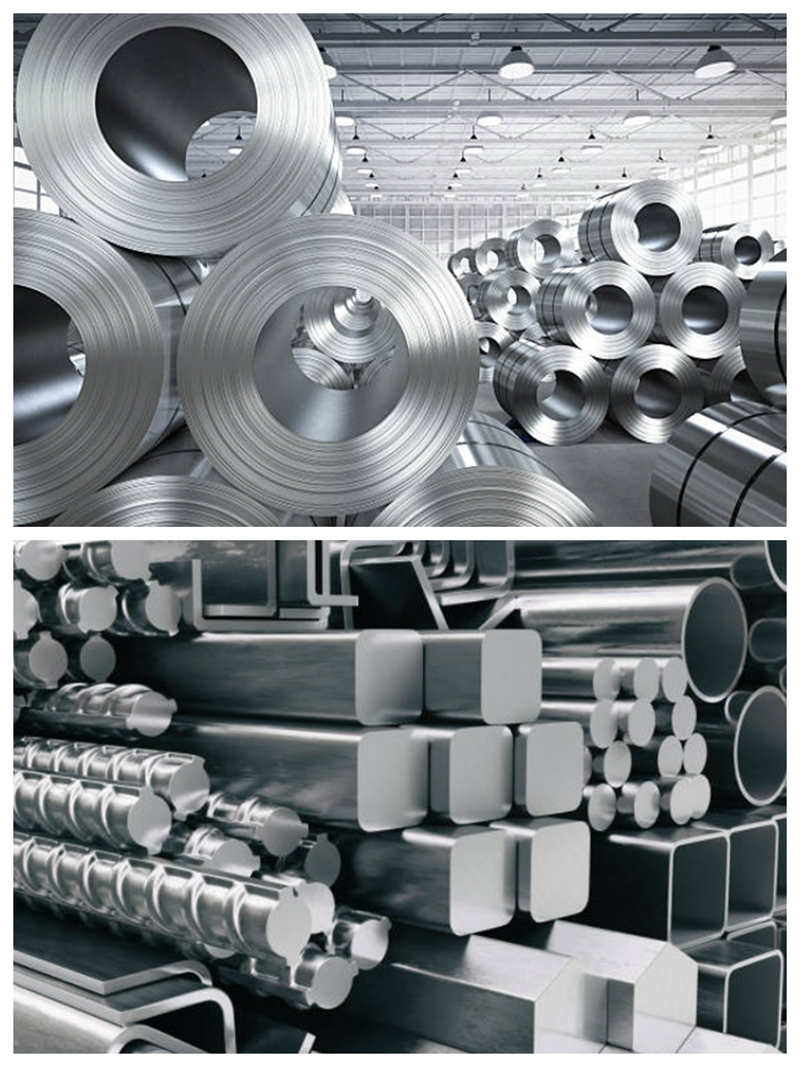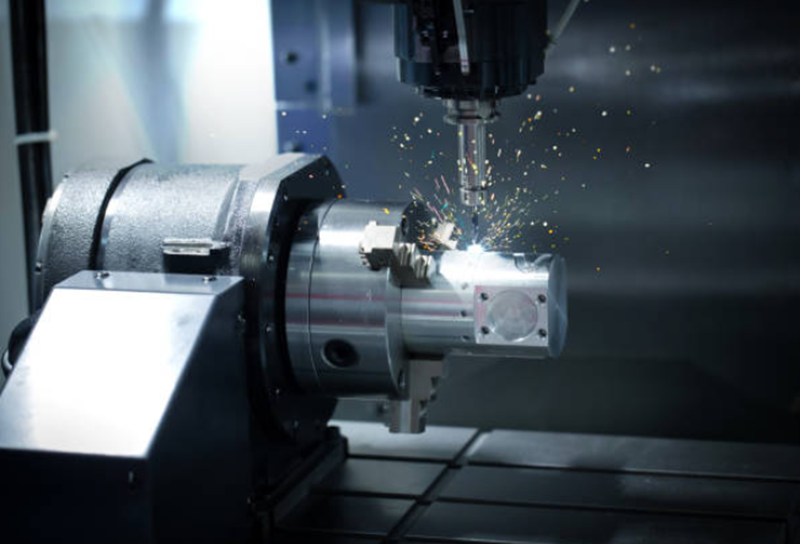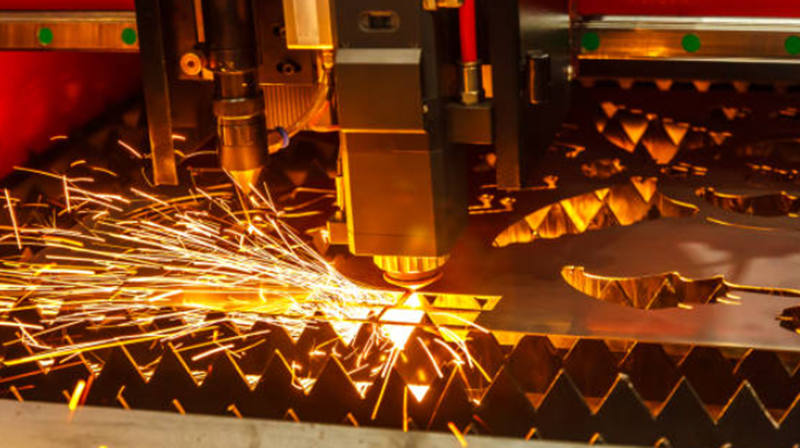Screw Machining of Parts in Special Alloys
LK Die Casting Machine / 2024-10-12 14:15:07
In modern manufacturing, die-casting machines have become indispensable, especially in producing metal parts with complex shapes. The application of screw processing of special alloy parts in die-casting machines not only improves the quality and performance of products but also improves production efficiency and cost-effectiveness.
This article will explore this topic and combine practical cases to help readers better understand the advantages and applications of this technology.
Die Casting Technology
The working principle of a die-casting machine is similar to
injection molding, but the material it processes is metal.
First, the liquid metal is poured into the furnace and
heated to a suitable temperature to keep it in good fluidity.
Then, the injection system quickly injects the liquid metal into the mold cavity under high
pressure. In the mold, the liquid metal cools and solidifies
rapidly to form the desired part shape. Finally, the die-casting
The machine's mold opening system opens the mold and removes
the molded part.

Screw processing of special alloy parts
1. Selection of special alloy materials
In the die-casting machine, the screws of special alloy parts
usually need to withstand harsh working conditions such as high
temperature, high pressure, and high wear, so the performance
requirements of the material are very high. In the process
of screw processing, it is very important to select the right
special alloy. Common special alloys include high-temperature
alloys, titanium alloys, aluminum alloys, magnesium alloys,
copper alloys, stainless steel, etc.
These alloys have excellent mechanical properties, high-temperature
strength, corrosion resistance, wear resistance, and machinability,
and are suitable for high-demand application scenarios.

When we choose alloys, we usually need to consider the following
factors:
1. Strength and toughness: Special alloys should have high tensile strength and toughness to withstand various stresses in use.
2. Corrosion resistance: Screws used in specific environments must have good corrosion resistance to extend their service life.
3. Machinability: The machinability of the alloy affects the processing efficiency and cost.
Screw processing technology
The processing technology of screws usually includes cutting,
forming and heat treatment. For example, cutting is high-precision
cutting through CNC machine tools, which can ensure the accuracy
and surface finish of the thread; cold heading is the use of
high pressure to shape the metal, which is suitable for mass
production, saving materials and processing time; heat treatment
is the heat treatment of special alloy screws, which can improve
their hardness and wear resistance.

1. Turning
Turning is one of the most commonly used methods in screw processing.
The turning tool cuts on the rotating workpiece to remove excess
material and form the shape of the screw. During the turning process,
attention should be paid to the selection of tools, the setting
of cutting parameters, and the clamping of the workpiece to ensure
processing accuracy and surface quality.
2. Milling
Milling can also be used for screw processing. The thread of the
screw is milled on the workpiece by a milling cutter. The advantage
of milling is high processing efficiency and is suitable for mass
production. However, the accuracy of milling is relatively low, and
subsequent grinding or polishing processes are required to improve it.
3. Grinding
Grinding is a high-precision processing method, which is often
used in occasions where high dimensional accuracy and surface
roughness of screws is required. By grinding on the workpiece
with a grinding wheel, a small amount of material is removed to
enable the screw to achieve the required accuracy and surface
quality.
4. Thread processing
Thread processing is a key link in screw processing. Common
thread processing methods include turning thread, milling
thread, tapping, and threading. When choosing a thread processing
method, it is necessary to comprehensively consider factors
such as the size, accuracy requirements, and production batch
of the screw.
Quality control of screw processing
1. Dimensional accuracy control
The dimensional accuracy of the screw directly affects its
assembly performance and use effect. During the processing,
the size of the screw needs to be measured by measuring tools,
and the processing parameters need to be adjusted in time to
ensure that the dimensional accuracy meets the requirements.
2. Surface quality control
The surface quality of the screw has an important influence
on its corrosion resistance and wear resistance. During the
processing, it is necessary to select appropriate tools and
cutting parameters to avoid surface scratches, burrs, and
other defects. At the same time, the surface of the screw
can be treated by polishing, grinding, and other processes
to improve the surface quality.
3. Mechanical property control
The screws of special alloy parts need to have good mechanical
properties, such as strength, hardness, toughness, etc. During
the processing, the screws need to be treated by a reasonable
heat treatment process to improve their mechanical properties.
At the same time, the mechanical properties of the screws need
to be tested to ensure that they meet the design requirements.
Combination of die-casting machine and screw
processing
The application of die-casting machine in screw processing can
not only achieve high-efficiency production but also ensure
the consistency and accuracy of parts. For example, in automobile
manufacturing, aluminum alloy screws produced by die-casting
machines are not only light in weight but also high in strength,
meeting the dual requirements of modern automobiles for weight
reduction and safety.

Application of screws of special alloy parts in die-casting machines
1. Application of screws in the clamping mechanism
In the clamping mechanism of the die-casting machine, screws
play the role of connecting and tightening the mold. Since the
clamping mechanism needs to withstand huge clamping forces during
the die-casting process, the strength and rigidity requirements
of the screws are very high. The screws of special alloy parts can
meet this requirement, ensuring that the mold will not loosen or
deform during the die-casting process, thereby ensuring the
dimensional accuracy and quality of the product.
2. Application of screws in the injection mechanism
The injection mechanism is one of the core components of the
die-casting machine and its function is to inject liquid metal
into the mold cavity. In the injection mechanism, screws are
used to connect and fix the injection cylinder, injection rod
and other components. Since the injection mechanism needs to
withstand high temperature, high pressure, and high wear during
the operation, higher requirements are placed on the material
and processing technology of the screws. The screws of special
alloy parts can maintain good performance under harsh working
conditions and ensure the stable operation of the injection
mechanism.
3. Application of screws in hydraulic system
The hydraulic system is the power source of the die-casting
machine and its function is to provide power for each action
of the die-casting machine. In the hydraulic system, screws
are used to connect and fix hydraulic components such as oil
pumps, oil cylinders, valves, etc. Due to the high working
pressure in the hydraulic system, the sealing performance and
strength requirements of the screws are very high. The screws
of special alloy parts can meet this requirement, ensure the
normal operation of the hydraulic system, and avoid leakage
and other faults.
Advantages of screw processing of special alloy parts in die casting machine applications
1. Improving the performance and stability of the die-casting machine
The screws of special alloy parts have good high-temperature
strength, corrosion resistance, and wear resistance, and can
maintain good performance under harsh working conditions. The
use of screws of special alloy parts can improve the performance
and stability of the die-casting machine, reducing equipment
failures and downtime, and improve production efficiency.
2. Extending the service life of the die-casting machine
The screws of special alloy parts can withstand harsh working
conditions such as high temperature, high pressure, and high
wear, and are not prone to deformation, fracture, and other
damage. The use of screws of special alloy parts can extend
the service life of the die-casting machine and reduce equipment
maintenance costs.
3. Improve product quality
The screws of special alloy parts can ensure that the mold will
not loosen or deform during the die-casting process, thereby
ensuring the dimensional accuracy and quality of the product.
At the same time, the screws of special alloy parts can also
improve the stability of the injection mechanism and hydraulic
system, and reduce product defects and scrap rates.
Problems and solutions for screw processing of special alloy parts in die-casting machine applications
1. Difficulty in processing
Special alloy materials have high hardness and good toughness
and are difficult to process. During the processing, problems
such as tool wear and poor surface quality are prone to occur.
To solve these problems, appropriate tools and cutting
parameters can be selected, and advanced processing technology
such as high-speed cutting and laser processing can be adopted.
2. High cost
The price of special alloy materials is high and the processing
technology is complex, resulting in a high cost of screws for
special alloy parts. To reduce costs, costs can be
reduced by optimizing the design, improving material utilization,
and adopting mass production.
3. Difficulty in quality inspection
The screws of special alloy parts have high requirements for
dimensional accuracy, surface quality, and mechanical properties,
and quality inspection is difficult. To ensure quality, advanced
testing equipment and testing methods, such as three-coordinate
measuring instruments, hardness testers, tensile testing machines,
etc., can be used to conduct comprehensive testing and analysis
of screws.
User Experience and Future Outlook
With the development of science and technology, the combination
of die-casting machines and special alloy screw processing will
continue to deepen. In the future, intelligent manufacturing
and automation will become the trend in this field, making the
production process more efficient and flexible. At the same time,
user experience will be further improved, and customers can customize
higher-performance screws according to specific needs.
Conclusion
The screw processing of special alloy parts has a wide range of
applications in die-casting machines, which is changing the
traditional manufacturing methods and promoting the progress
of the industry. It is not only related to the performance and
stability of the die-casting machine, but also directly affects
the quality and production efficiency of the product.
By selecting, suitable special alloy materials, optimizing the
processing technology, combining advanced die-casting technology,
and strengthening quality control, processing quality, and
performance of screws of special alloy parts can be improved
to meet the use requirements of die-casting machines. At the
same time, we should continue to explore and innovate, develop
more advanced processing technologies and materials, and make
greater contributions to the development of the die-casting industry.
OTHER CONTENT
-

2024-09-19 14:16:15 LK Cold Chamber Die Casting Machine DCC900 Locking Force: 9000KN Die Height: 400-1000mm Space Between Tie Bars: 930x930mm Shot Weight: 13.5Kg Casting Area Max:2250c㎡
More -

2024-09-19 14:11:06 LK Cold Chamber Die Casting Machine DCC280 Locking Force: 2800KN Die Height: 250-650mm Space Between Tie Bars: 560x560mm Shot Weight: 2.9Kg Casting Area Max:700c㎡
More -

2024-09-19 10:23:07 LK Cold Chamber Die Casting Machine DCC580 Locking Force: 5000KN Die Heigh: 350-850mm Space Between Tie Bars: 760x760mm Shot Weight: 6.9Kg Casting Area Max:1250c㎡
More -

2024-09-19 10:11:20 LK Cold Chamber Die Casting Machine DCC400 Locking Force: 4000KN Die Height: 300-700mm Space Between Tie Bars: 669x669mm Shot Weight: 4.7Kg Casting Area Max:1000c㎡
More

